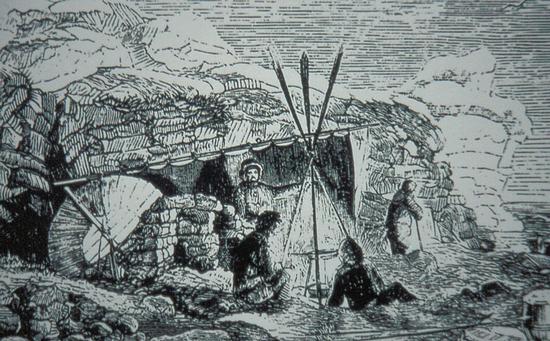| Features of Other Interest, including Cultural |
|
Not long after Captain James Cook set foot on South Georgia in 1775 and noticed the large colonies of breeding seals, American and British sealers went to South Georgia to hunt the fur and elephant seals for their pelts and blubber respectively. This continued throughout the 19th century and into the 20th century, ceasing in the mid-1960s along with whaling. Shipwrecks, artefacts (e.g. cast-iron trypots, used for rendering oil from elephant seal blubber) and the remnants of stone, brick and wooden huts provide evidence of this former industry. In 2019, The South Georgia Heritage Trust and archaeologists from the University of Cambridge will undertake a series of archaeological surveys in an attempt to learn more about South Georgia’s sealing past. More about the project can be found here: http://www.sght.org/sealing-archaeological-project/. |

|
|
Credit: South Georgia Heritage Trust (Features of Other Interest, including Cultural, 2 of 8 - Slide ref. 1136) |

UK OVERSEAS TERRITORIES CONSERVATION FORUM
Virtual Tours: S Georgia, S Sandwich Islands